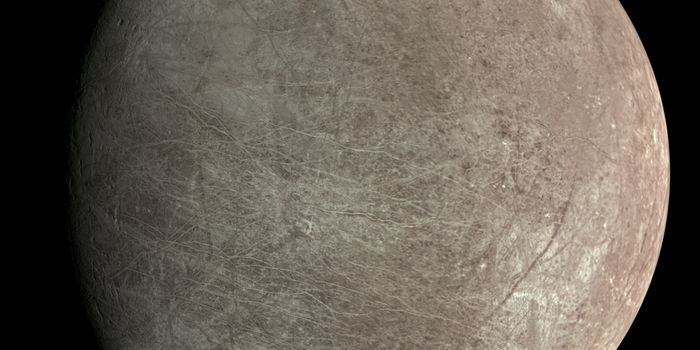This Could Be the First Exomoon Ever Discovered
It’s nothing new for astronomers to find a new planet outside of our solar system. Experts commonly refer to these as exoplanets, and they’re found in star systems throughout the Milky Way galaxy, almost anywhere you look. On the other hand, astronomers have yet to find a moon outside of our solar system.
In a new study available on arXiv.org, researchers led by David M. Kipling from Columbia University think they might have partial evidence for the first exomoon ever discovered.
Image Credit: PIRO4D/Pixabay
The purported exomoon in question is orbiting an exoplanet dubbed Kepler 1625b, and it’s located in a star system around 4,000 light years away from Earth.
If it exists, it could be as large as Neptune and have a similar mass. That’s a strikingly-large exomoon, so you’d be right to assume it must be orbiting a giant exoplanet. Researchers think such an exoplanet could be comparable in size to Jupiter, but with at least ten times more mass than our close giant planetary neighbor has.
Astronomers find exoplanets by observing the cosmos with NASA's Kepler Space Telescope for evidence of ‘dimming’ stars, which is a typical sign of a planetary body transiting across the surface of a host star.
The process of searching for exomoons, on the other hand, is a more complicated task. The exoplanets they orbit aren’t direct light sources like stars are, so there’s hardly a dimming effect to speak of when an exomoon transits an exoplanet.
Instead, researchers push the boundaries of modern exoplanet discovery technology, looking for dimming effects that occur both leading the trailing the exoplanet as it transits its host star. These dimming effects are caused by another body orbiting the exoplanet, blocking out the reflected star’s light on either side of the exoplanet during transit.
Astronomers don’t come across this process in the right place and at the right time very often; this explains why we haven't found any exomoons to date. Moreover, this method is experimental and lacks real-world testing. One might say it's not a very credible way to look for exomoons (yet).
Related: Exoplanets orbiting red dwarf stars are unlikely to support life
While the researchers behind the study are confident they found something interesting here, they can’t say for sure that it’s an exomoon.
“It wasn’t something we were planning on announcing because at this point it’s only a candidate,” study lead author David M. Kipling from the University of Columbia said in a statement.
“It really only takes the slightest misstep in our language to miscommunicate the reality of what we have.”
It’s still possible we’re dealing with an exomoon here, but the researchers are withholding absolute judgment until it can be validated. Instead, they pushed their findings and theories to help facilitate additional research into the matter.
Observations with NASA’s Hubble Space Telescope, which are planned for October of this year, could help validate or disprove the discovery. If data from two space telescopes align with the theory, rather than just one, it will look much better for the study and the credibility of those involved.
For now, it’s a waiting game until astronomers can make further observations. In the meantime, the researchers participating in this study will continue to theorize based on the data they have at hand right now.









